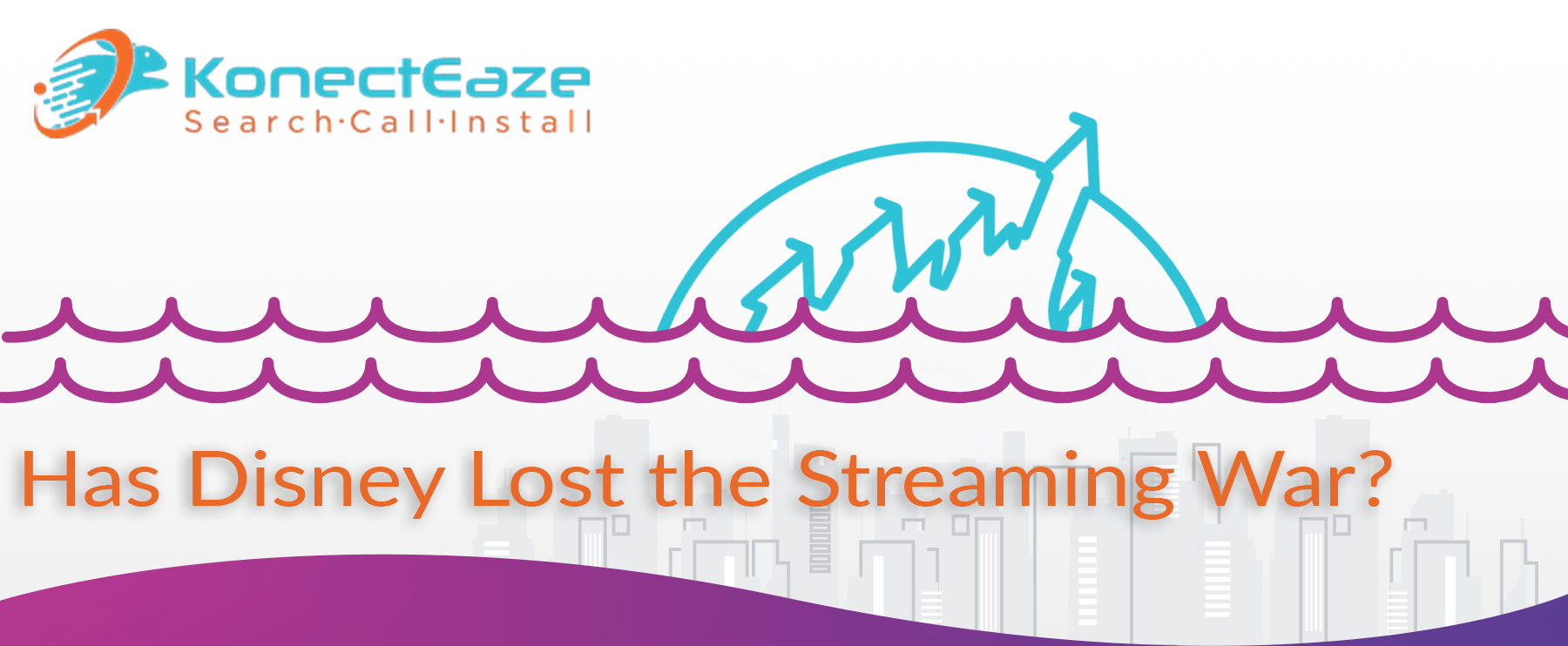Called "The Ad LIbrary," Google is tracking political ads across its platforms to increase transparency. This is bad news for Teddy Maynard.
14 November, 2024 | Posted by:
Category: Business Internet, Entertainment, News, Reviews, Service Providers, Technology, Tips | No Comments

In John Grisham’s novel “The Brethren,” Teddy Maynard, the cunning Director of the CIA, orchestrates a covert operation to influence a presidential election. This narrative provides a fictional yet insightful look into political manipulation and transparency. Today, tools like Google’s Ad Library aim to prevent such secretive interference by tracking political ads' funding and reach.
Google’s Ad Library, launched in 2018, catalogs political ads across its platforms, offering transparency by revealing who funds these ads, the costs, and their audience reach. This transparency helps prevent manipulation, akin to Maynard’s tactics, by enabling public scrutiny of political advertising.
Modern technology has the power to both aid and obstruct political transparency. While fictional figures like Maynard use covert means to sway public opinion, contemporary tools like Google’s Ad Library work to expose such efforts, promoting a fairer electoral process.
Grisham’s portrayal of Maynard's plot in "The Brethren" highlights the risks of unchecked power and secretive political machinations. In reality, the push for transparency in political advertising helps safeguard democracy, ensuring that no single entity can unduly influence election outcomes without public knowledge.
While the fictional world of “The Brethren” provides a gripping narrative of political intrigue, real-world efforts like Google’s Ad Library play a crucial role in maintaining electoral integrity. By promoting transparency, these tools help prevent the kind of manipulation orchestrated by characters like Teddy Maynard.
Google is already working on a grammar checker for their Google Docs, and displaying data in all their searches. Now Google is rolling out Google Coach.
14 November, 2024 | Posted by:
Category: Apps, Business Internet, News, Reviews, Technology, Tips | No Comments

Google Coach, Google's virtual health and wellness assistant, has garnered attention for its comprehensive approach to fitness and health tracking. As with any technology, it has its strengths and weaknesses. Here’s an updated analysis for 2024:
Google Coach utilizes AI and machine learning to provide personalized fitness and health recommendations. It analyzes your activity patterns, dietary habits, and health goals to offer tailored suggestions, making it easier to stay on track with your wellness journey.
Google Coach integrates seamlessly with other Google services and devices, such as Google Fit, Wear OS, and Android smartphones. This integration ensures a cohesive user experience, allowing you to track your fitness data across multiple platforms without any hassle.
Beyond just fitness, Google Coach offers a comprehensive approach to health. It monitors your sleep patterns, nutrition, and stress levels, providing insights and recommendations to improve your overall well-being. This holistic approach helps users maintain a balanced lifestyle.
One of the standout features of Google Coach is its ability to provide motivational support. It sends reminders, encouragement, and actionable tips to keep you motivated and engaged with your health goals. This constant support can be a significant factor in maintaining long-term health habits.
With any health-related technology, privacy is a major concern. Google Coach collects a vast amount of personal health data, raising questions about how this data is stored, used, and protected. Users need to be aware of the privacy policies and ensure their data is secure.
Relying heavily on a digital assistant for health and fitness guidance can create a dependency on technology. This might lead users to overlook the importance of human interaction and professional medical advice. It's essential to balance technology use with real-world support.
While Google Coach is integrated into the Google ecosystem, it might not be as accessible to users who don't use Google products. Those who prefer other ecosystems, such as Apple's, may find it challenging to fully utilize Google Coach's features.
With constant notifications and reminders, there is a risk of information overload. Users might feel overwhelmed by the sheer volume of advice and prompts, which could lead to disengagement. Finding a balance between helpful reminders and overload is crucial for user retention.
Google Coach offers a promising blend of personalized health recommendations, seamless integration, and motivational support. However, privacy concerns, dependency on technology, limited accessibility, and the potential for overload are important considerations. As Google continues to refine and enhance this service, it will be interesting to see how these pros and cons evolve.
As Netflix, Amazon, and Hulu continue to expand their streaming services, other players are getting involved too. But where, oh where, is Disney’s?
23 October, 2024 | Posted by:
Category: Business Internet, Cable, Entertainment, News, Reviews, Streaming, TV | No Comments

In the fiercely competitive landscape of streaming services, Disney+ has faced numerous challenges. Despite its strong start, questions arise whether Disney+ has lost its edge in the streaming war. Here’s an updated analysis for 2024.
When Disney+ launched in November 2019, it quickly amassed millions of subscribers, thanks to its vast library of content including beloved classics and new originals like "The Mandalorian." However, subscriber growth has slowed, and the competition has intensified.
The streaming market is more crowded than ever. Services like Netflix, Amazon Prime Video, HBO Max, and Apple TV+ have strengthened their offerings. Netflix, in particular, has continued to invest heavily in original content, maintaining its lead with popular series and films. Meanwhile, HBO Max has leveraged its premium content and Warner Bros. catalog to attract a substantial audience.
Disney+ has also faced competition from newer entrants like Peacock and Paramount+, each carving out their niche with unique content and strategies. For instance, Peacock’s strategy of offering a free, ad-supported tier has helped it gain a foothold in the market.
While Disney+ has a rich library, its reliance on family-friendly content could be a double-edged sword. The service needs to diversify its content to appeal to a broader audience. This has been evident with the addition of more mature content under the Star brand in international markets.
Disney+ saw explosive growth initially, but sustaining that momentum has been challenging. The service must continue to expand its content library and improve user experience to keep subscribers engaged.
Disney+ has made significant strides in global expansion, but it still faces stiff competition in many markets. Localizing content and addressing regional preferences will be crucial for its success.
Disney+ is not sitting idle. Here are some strategies it’s employing to stay competitive:
Disney has announced significant investments in content creation, planning to release new series and movies across its Marvel, Star Wars, Pixar, and Disney franchises. This includes highly anticipated projects like "Loki" Season 2, "The Book of Boba Fett," and various Marvel Cinematic Universe (MCU) series.
Disney is leveraging its bundle with Hulu and ESPN+ to offer more value to subscribers. This bundle provides a broader range of content, from live sports to general entertainment, appealing to a wider audience.
Disney+ continues to enhance its platform with better streaming quality, user interface improvements, and personalized recommendations to improve viewer retention.
While Disney+ has faced significant challenges and fierce competition, it is far from losing the streaming war. With strategic content investments, bundling options, and technological improvements, Disney+ aims to remain a formidable player in the streaming landscape.
Digital technology is an amazing thing, but not without its dangers. To protect ourselves, we need to learn digital literacy.
16 November, 2024 | Posted by:
Category: Business Internet, News, Reviews, Service Providers, Technology | No Comments

Digital technology is a fantastic tool, but it comes with risks. To navigate these effectively, digital literacy is essential.
Digital literacy involves understanding how to use technology responsibly and safely. It helps individuals recognize scams, false information, and the overall impact of their digital footprint. Programs like Facebook’s Digital Literacy Library and Cyber Civics are excellent starting points for learning digital literacy skills.
Online scams come in many forms, from phishing emails to misleading advertisements. Learning to identify these is crucial.
Everything we do online leaves a trail. Being aware of your digital footprint helps protect your privacy and personal information.
Not all information online is credible. Learning to discern the quality and reliability of sources is vital. The CRAP test (Credibility, Relevance, Accuracy, Purpose) is a useful tool for evaluating information.
Cyber Civics, developed by Diana Graber, is a comprehensive digital literacy curriculum for middle school students. It covers digital citizenship, cyberbullying, sexting, online research, and the CRAP test. The program is designed to help students navigate the digital world responsibly and safely.
Digital literacy is essential for anyone who uses the internet. It helps protect against scams, ensures responsible use of technology, and fosters critical thinking about online information. Programs like Cyber Civics provide valuable education in this area, helping individuals become more informed and safer digital citizens.
Researching for an article, though necessary, is tedious and at times mind-numbing. Google's going to help out with a new data journalism feature.
14 November, 2024 | Posted by:
Category: Apps, Business Internet, News, Reviews, Technology | No Comments

Researching for articles is an integral part of my job. Searching through data is key to providing quality content. Google aims to help with a new data journalism feature.
Google's new feature highlights relevant data within articles, listing them above the title as a preview, potentially saving significant research time. Here are the pros and cons of this new feature:
Google proposes highlighting relevant data within articles and listing them above the title. This preview helps researchers quickly assess the relevance of content, saving significant time. The preview feature could eliminate the frustration of reading through irrelevant articles, making research more efficient.
The feature will help refine search criteria by presenting more targeted data previews. This assists in identifying the right datasets more quickly, reducing the trial-and-error approach often used in research. Researchers can enter more precise search terms, streamlining the research process.
Having humans review data previews can lead to misinterpretation. Without full context, data can be misunderstood, potentially leading to incorrect conclusions. While professionals also make mistakes, relying solely on previews might increase the risk of errors.
Dense academic reports with complex language may challenge Google's algorithm. The feature might struggle with parsing and summarizing intricate data, which could limit its effectiveness. Google's ability to handle such reports will be crucial in determining the feature's overall success.
Google's developers are preparing for this feature by encouraging published articles to be easily identifiable for data extraction. Authors are advised to prepare their data in structured formats, such as tables, CSV files, or structured objects, to aid Google's algorithms in recognizing and presenting relevant data.
Conducting research is daunting but necessary for quality journalism. Google's new feature aims to ease the burden by providing quick data previews, although it has its drawbacks. Researchers will need to balance the convenience of previews with the need for comprehensive analysis. As the feature evolves, it holds the potential to significantly enhance the research process, making it a valuable tool for journalists and researchers alike.